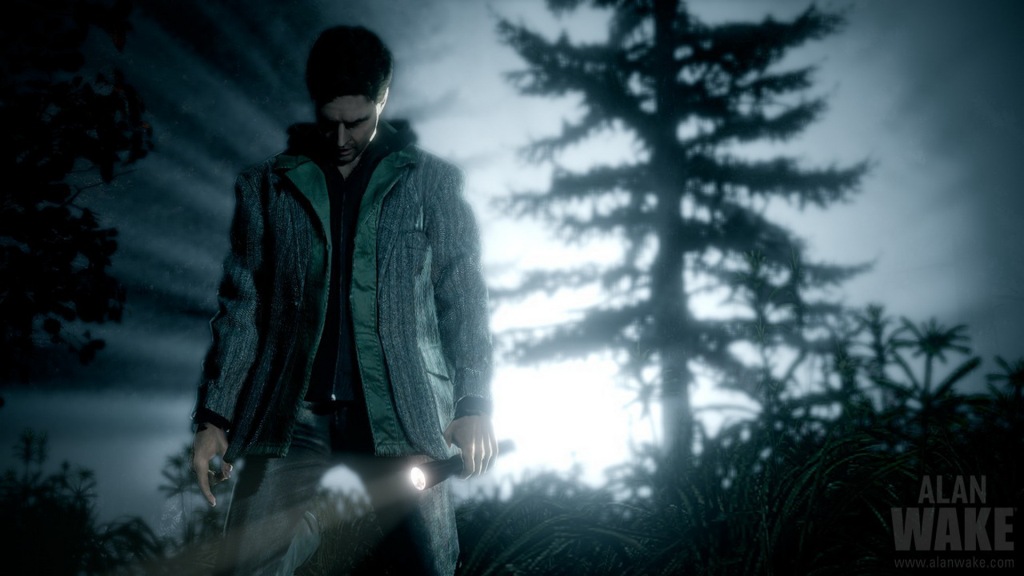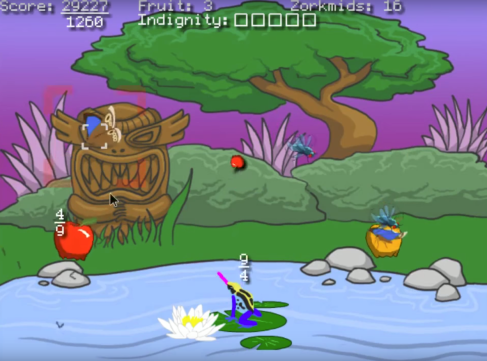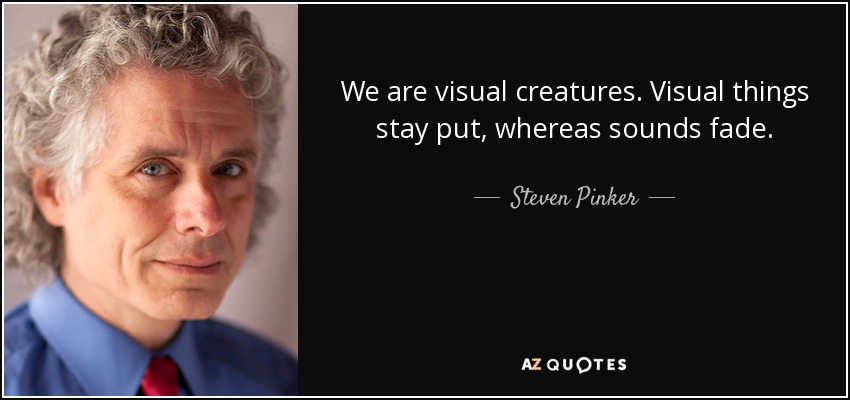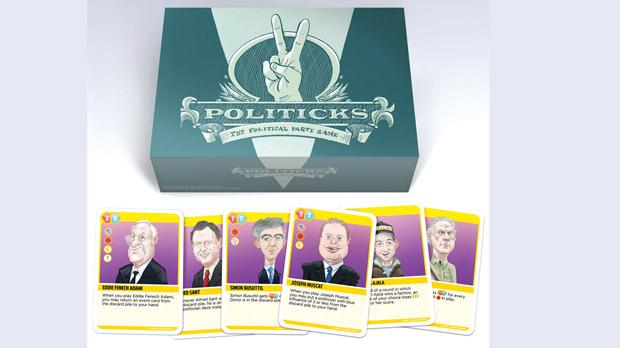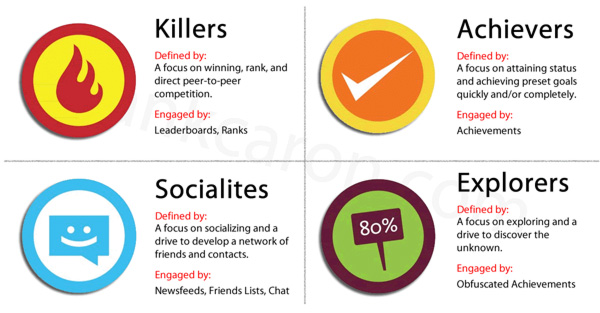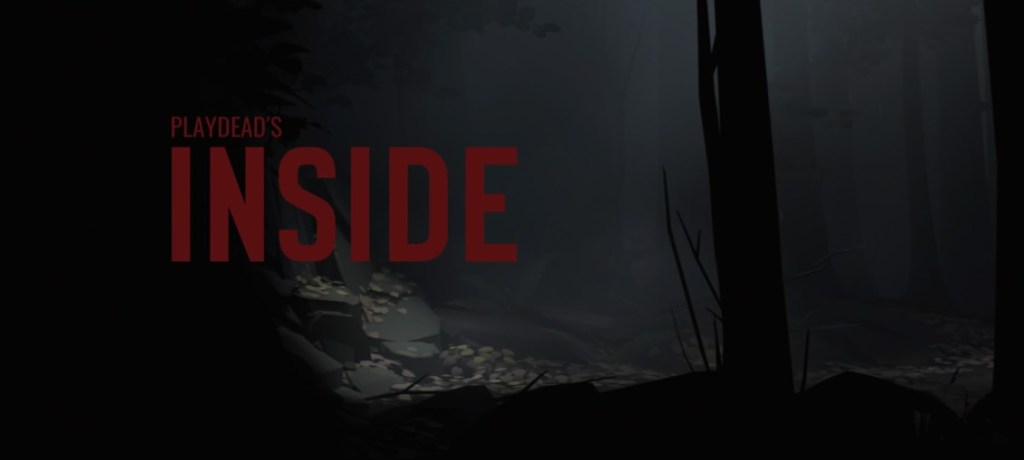As Sid Meier is often quoted, “games are just a series of meaningful choices”. Choices in games are found everywhere, whether it be choosing a game character, game mechanics, avatar appearance, a type of weapon or dialogue options. Having a multitude of choices in games are fun, however, having too many choices can also have a negative impact on games.
Barry Schwartz (2005) carried out a study with regards to the Paradox of Choice. After extensive research, Schwartz concluded that having too many choices can be detrimental and when a person faces too many choices, this can lead to what Schwartz describes as option paralysis. In games, this could lead to the disruption of flow, because it gives the player too many options and make the task seem more difficult. Furthermore, humans tend to make worse decisions when too many choices are presented and will likely feel regret no matter which option they pick, since they think that better choices could have been made.
Playing the game League of Legends felt very overwhelming when I first tried it out. The game had a lot of characters to choose from and a lot of different item builds that could be applied. Furthermore, it had runes and masteries as well which were different for each champion. Since I first started playing League of Legends back in 2010, the game has come a long way and made some great updates to minimize the paradox of choice.
The first technique LoL used was to provide recommended items for each champion which acted as default options so that users would have the ability to buy from the recommended items when in doubt. Secondly, LoL items have little permanence (the idea that an option has very long-lasting impact) and after each game, all items are reset which allows for players to experiment with different builds in the next game and not feel anxious about it.

In 2017, LoL came up with another great idea to reduce the paradox of choice. They made an update so that runes and masteries would be combined together into one mastery tree and they renamed these to Runes Reforged.

To conclude, choices are an important part of games, however they need to be balanced with simplicity and having moderation is a good principle to follow to keep the game at a good flow level (Guerrero, 2013).
References
Guerrero, M., 2013. Design Better Games! Flow, Motivation, & Fun. [online] Calhoun.nps.edu. Available at: <https://calhoun.nps.edu/bitstream/handle/10945/49711/Guerrero_Chapter5_Flow_Motivation_Fun_chapter.pdf?sequence=3> [Accessed 1 June 2018].
Schwartz, B., 2005. The Paradox of Choice: Why More is Less. [online] Swarthmore College. Available at: <https://www.researchgate.net/publication/291786346_The_Paradox_of_Choice_Why_More_is_Less?el=1_x_8&enrichId=rgreq-cebb1b5aecb485dca2f6d2356081886d-XXX&enrichSource=Y292ZXJQYWdlOzI2NjA1MjkwMDtBUzoxNTI5NzkyMzE0ODE4NTZAMTQxMzQ4NDQ5OTkxNQ==> %5BAccessed 1 June 2018].
